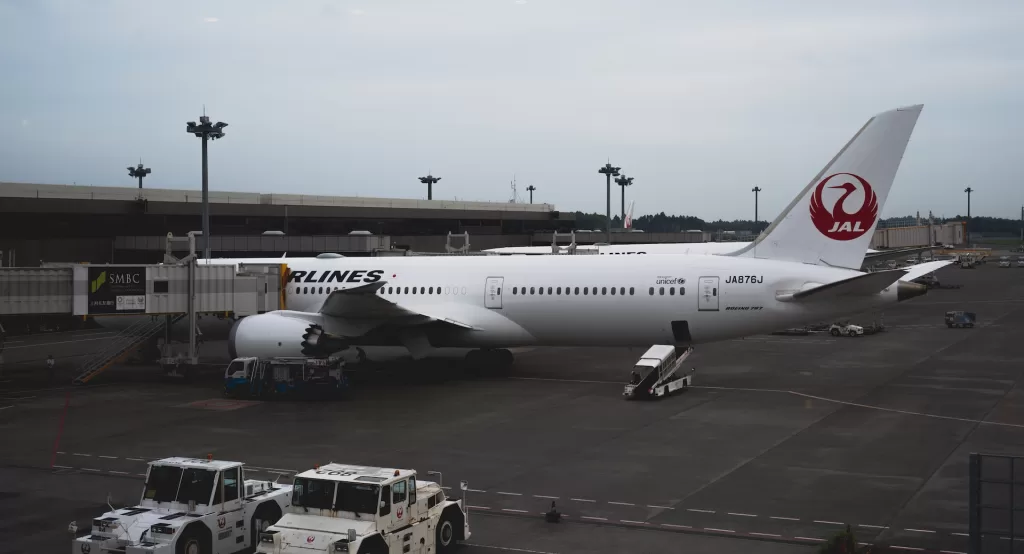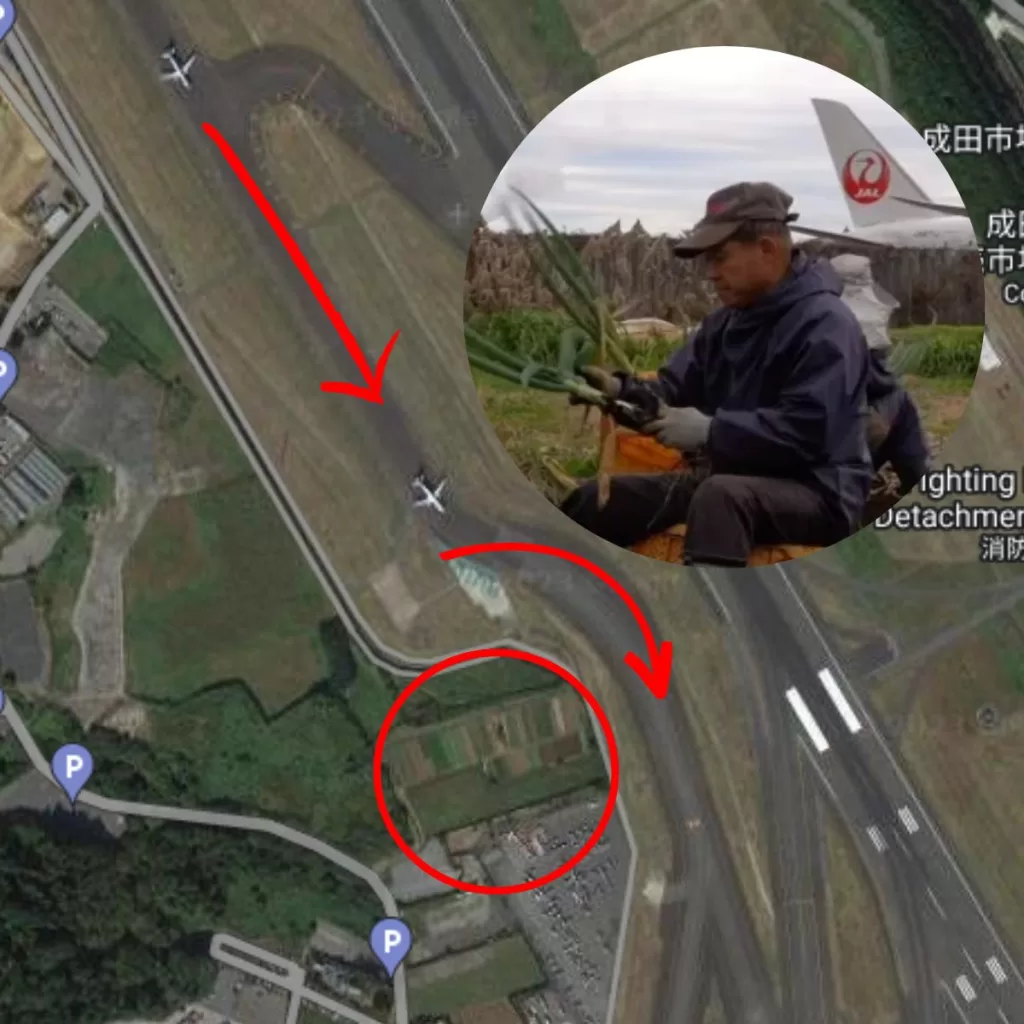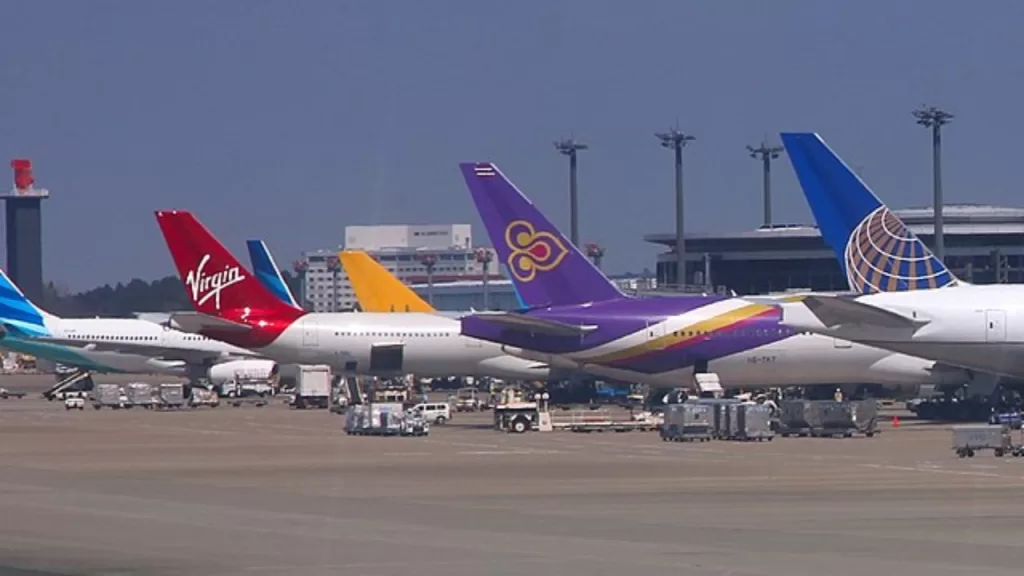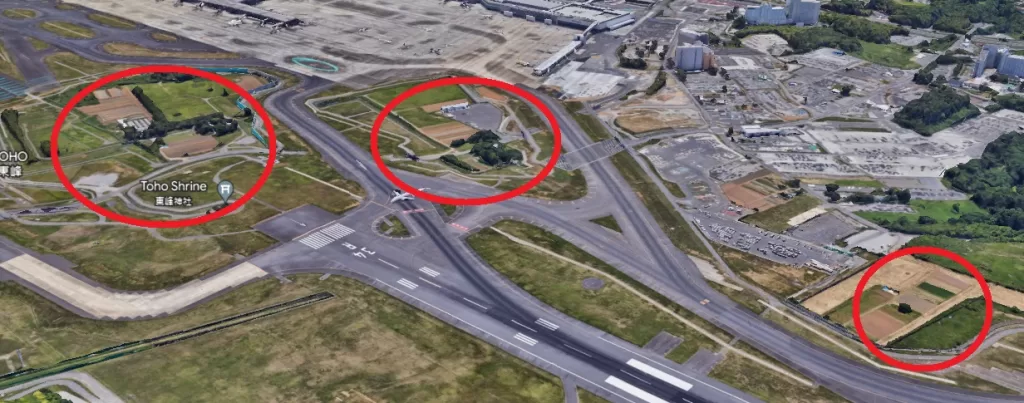Takao Shito vs. Narita: One Man’s Lifelong Struggle to Save His Family’s Land Inside the Airport
In the rural countryside 40 miles outside of Tokyo lies Narita International Airport, one of Japan’s largest and busiest airports. Over 100,000 travelers pass through its gates every day, likely unaware of the airport’s contentious history and ongoing struggle centered around one defiant farmer: 73-year-old Takao Shito.
A Family Legacy, Disrupted by Airplanes
The Shito family has been farming the same plot of land for nearly 100 years, spanning generations from Takao’s grandfather to his father and now him. They cultivated rice, vegetables, and raised livestock on the idyllic farmland.
That all changed in the 1960s, when the Japanese government claimed the land under eminent domain to build a new international airport to serve bustling Tokyo. The farmers, including Takao’s father, protested and resisted the eviction. Land was seized, clashes broke out, and lives were lost as the airport plans moved forward.
Despite the tumult surrounding him, Takao’s family continued to lease and farm their land. But in the decades since, Narita Airport expanded to envelop their small farm. Planes now fly directly overhead while Takao works in the fields, and he has to use underground tunnels to access his property. Still, Takao refuses to be displaced from the land he considers rightfully his.
“It’s my life,” he said. “I have no intention of ever leaving.”
A Lifelong Fight Against the Airport

When Takao’s father passed away in the 1990s, he returned to the farmstead to take up the cause. He has been involved in legal battles for decades now, as the airport corporation tries to acquire the remaining farmland for yet another runway.
In 2015, he turned down an offer of 180 million yen (nearly $1.7 million USD at the time) for the land. “I’m not interested in money, I want to continue farming,” Takao told reporters. “I never considered leaving.”
The stalemate has forced airport plans to change around Takao’s steadfast presence. A runway curves around the edges of his farm instead of traversing straight through it.

Over the years, protests and clashes have continued as Takao and a band of supporters refuse to surrender. In February 2023, hundreds of riot police moved in to erect large barricades sealing off parts of the farm.
Yet Takao, now in his 70s, persists in working the land every day. Supporters bring him food and supplies to sustain the protest. “What’s important is to keep farming my ancestral land,” he said.

The Broader Battle Over Narita Airport
Takao’s personal struggle represents a much larger conflict that has raged in the Narita area for over 50 years. The Sanrizuka-Shibayama United Opposition League against Construction of the Narita Airport formed in the 1960s as farmers organized to protest the airport development.

The long-running dispute represents the longest social movement in modern Japanese history, capturing tensions between traditional rural lifestyles and Japan’s rapid industrialization in the 20th century.
At its peak, the protest movement mobilized over 20,000 people. During the 1970s and 80s, clashes with police led to several deaths on both sides. But despite this stiff resistance, the airport ultimately prevailed – except for the small patch of earth that Takao and his ancestors have managed to cling to.
“This case of Mr. Shito has come to encapsulate the final gasps of the movement,” said Dr. William Andrews, an author who has chronicled the contentious saga. “It represents the very last concrete struggle.”
No End in Sight for the Stalemate
As Narita Airport handles ever-increasing passenger traffic each year, the standoff grinds on. Takao continues his daily ritual of tending the fields, joined at times by a handful of die-hard supporters.
Some in the community regard him as an obstinate holdout standing in the way of progress. But Takao views it as upholding justice and preserving his family’s generational heritage.
Neither he nor the airport operators show any sign of backing down. The airport barricades will likely remain as a physical symbol of the heated conflict between Takao’s right to his ancestral land and the airport’s need to expand.
For now, Takao remains committed to his protest and way of life. As airplanes continue to roar overhead, this one-man demonstration carries on.